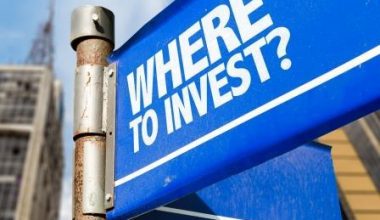A trait of the stock market, which has surprised even market legends, is its ability to move counter to the popular perception. Majority of investors swim with the current; the market often moves against the current. For more than a year now, markets have been surprising even the pundits, with an incredibly ferocious rally amidst the catastrophe created by the pandemic Covid-19.
Bull markets are known to climb many walls of worries. This bull run, which began after the crash of March 2020, has already climbed many walls of worries including the formidable wall thrown up by the massive recession of 2020.
Presently, there are two major walls that can potentially block this ferocious bull. The bull’s attempt to climb these walls is causing excessive volatility in markets. It is important to understand this market construct.
Bond bears vs equity bulls bout to continue
The two challenges emanate from within and outside. The most formidable challenge to the global bull market will come from US bond-yield, which in turn, will be dictated by inflation in the US. The US CPI inflation print at 4.26% YoY in April surprised on the upside, leading to a spike in the 10-year yield above 1.69% and markets promptly sold off with the Dow, S&P and Nasdaq correcting sharply by 2%, 2.1% and 2.7% respectively on 12th May. The bond bears, strengthened by the conviction that inflation will get entrenched forcing the Fed to taper its QE earlier than expected, went on the rampage and won the day. But the very next day the equity bulls came charging back, and their message that inflation is transitory and the Fed will remain accommodative for long, carried the day. On this issue of the nature of US inflation – whether transitory or entrenched – the jury is still out. This ‘equity bulls vs bond bears’ bout has many more rounds to go. Even though the bond bears are licking their wounds now, they are capable of a major ambush in the not too distant future.
The major domestic challenge to the bull market emanates from the Covid second wave and its impact on economic growth and corporate earnings in FY 22. It is a fact that the second wave has proved to be far worse than all estimates and this is sure to take a toll on growth and corporate earnings. The pre-second wave growth assumption of 11% is getting revised downwards and now the consensus estimate is GDP growth at around 9%. Corporate earnings too will take a hit but it is likely to be confined to Q1 FY 22.
There are silver linings among the dark Covid second wave clouds. As I write on 20th May, recent trends indicate steady decline in fresh cases and sustained rise in recoveries. Daily fresh cases have dipped below 3 lakhs and recoveries are more than a lakh higher than fresh cases. If this trend sustains, the second Covid curve will start declining sharply soon and the present widespread lockdowns are likely to be lifted in stages starting early June. The market is discounting this emerging scenario.
Remain invested
It is important to remain invested in this bull market, particularly in quality stocks in IT, pharma, leading financials (top private sector banks, mortgage lenders, fintech companies, AMCs), metals, industrials, chemicals and cement that have good earnings visibility. If the bull run continues, these segments have more room to go up. However, taking some money off the table is never a bad idea.
But this is not the time to be aggressively bullish
Since the uncertainty is excessive and the situation is evolving, investors have to be cautious. If the situation takes a turn for the worse, there is not much room for further fiscal and monetary stimulus. The fact that valuations are high and at high valuations markets are vulnerable to corrections should always be an important thought in investor’s minds.
Since the bull market is global, corrections also are likely to be global. The present known threat to the market rally is a spike in inflation in the US and the Fed indicating tapering their bond-buying program. So, investors should monitor the macro developments in the mother market.






1 comment
i value vijaikumar for his expert acumen.